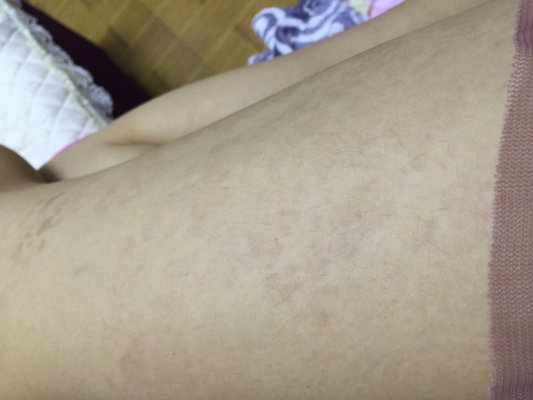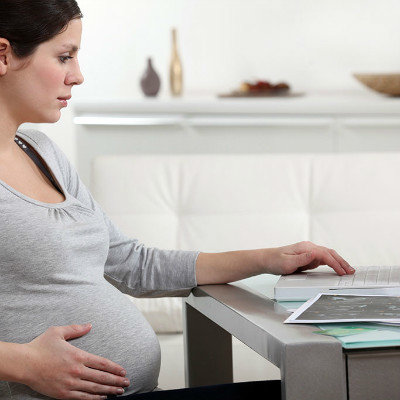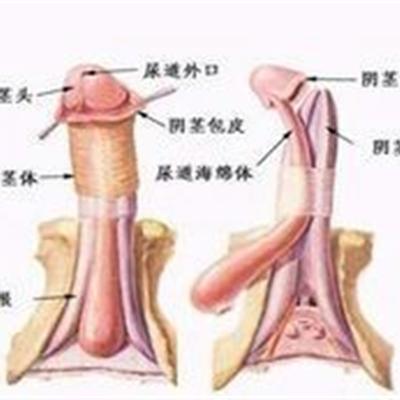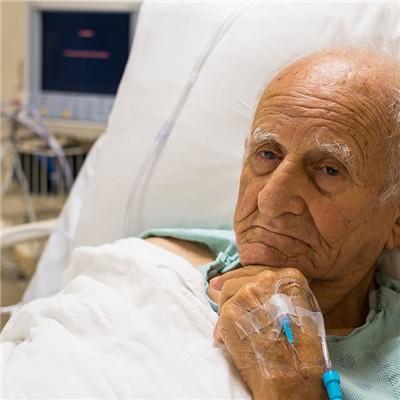Abdominal anaphylactoid purpura symptoms?
summary
Henoch Schonlein purpura (HSP) is a kind of vasculitis associated with allergic reaction. Its pathological changes are fibrous necrosis of capillaries and arterioles, serous exudation and inflammatory cell infiltration around blood vessels. It can be induced by infection, drugs, food, etc. It is more common in children and adolescents, and more in men than in women. Lesions mainly occur in the skin, but can also occur in the gastrointestinal, joint, kidney, heart, lung, liver, blood vessels in the head, causing organ damage and bleeding. No matter what the cause of allergic purpura can involve the gastrointestinal tract, gastrointestinal symptoms as a typical symptom is called abdominal type allergic purpura. Abdominal anaphylactoid purpura symptoms? Let's talk about it.
Abdominal anaphylactoid purpura symptoms?
Abdominal symptoms of Henoch Schonlein purpura are common, most patients have gastrointestinal involvement, which can appear as the first symptom. Abdominal pain is caused by the blood and liquid in the blood vessels entering the intestinal wall. It is often paroxysmal colic or dull pain. It can be very severe and the position is often not fixed. It is mostly in the left and right lower abdomen or around the umbilicus, sometimes throughout the whole abdomen. The attack lasts for 1 to 2 hours, but generally without abdominal muscle tension. The tenderness is mild, and it can be accompanied by nausea, vomiting, diarrhea and melena.
Due to irregular intestinal peristalsis, can lead to intussusception, palpable mass, more common in children. Intestinal perforation may occur occasionally. If there is no skin purpura, it is often misdiagnosed as "acute abdomen", such as acute appendicitis, intestinal obstruction, visceral perforation, peritonitis, acute localized enteritis. Abdominal anaphylactoid purpura pain site is not fixed.

The abdominal symptoms and signs of each attack are not consistent, the signs are not as obvious as symptoms and diarrhea, which can be distinguished from other acute abdomen.

matters needing attention
(1) Desensitization: actively looking for allergens, people with a history of food allergy, avoid eating protein food such as fish and shrimp. Histamine H2 receptor antagonist and calcium were used at the same time. Cimetidine can also block histamine H2 receptor in skin and stomach to control skin and gastrointestinal bleeding( 2) Analgesic: 654-2, atropine, etc. can be used, or subcutaneous injection of 0.1% epinephrine( 3) Drugs to reduce vascular permeability: anluoxue, rutin, vitamin C.










